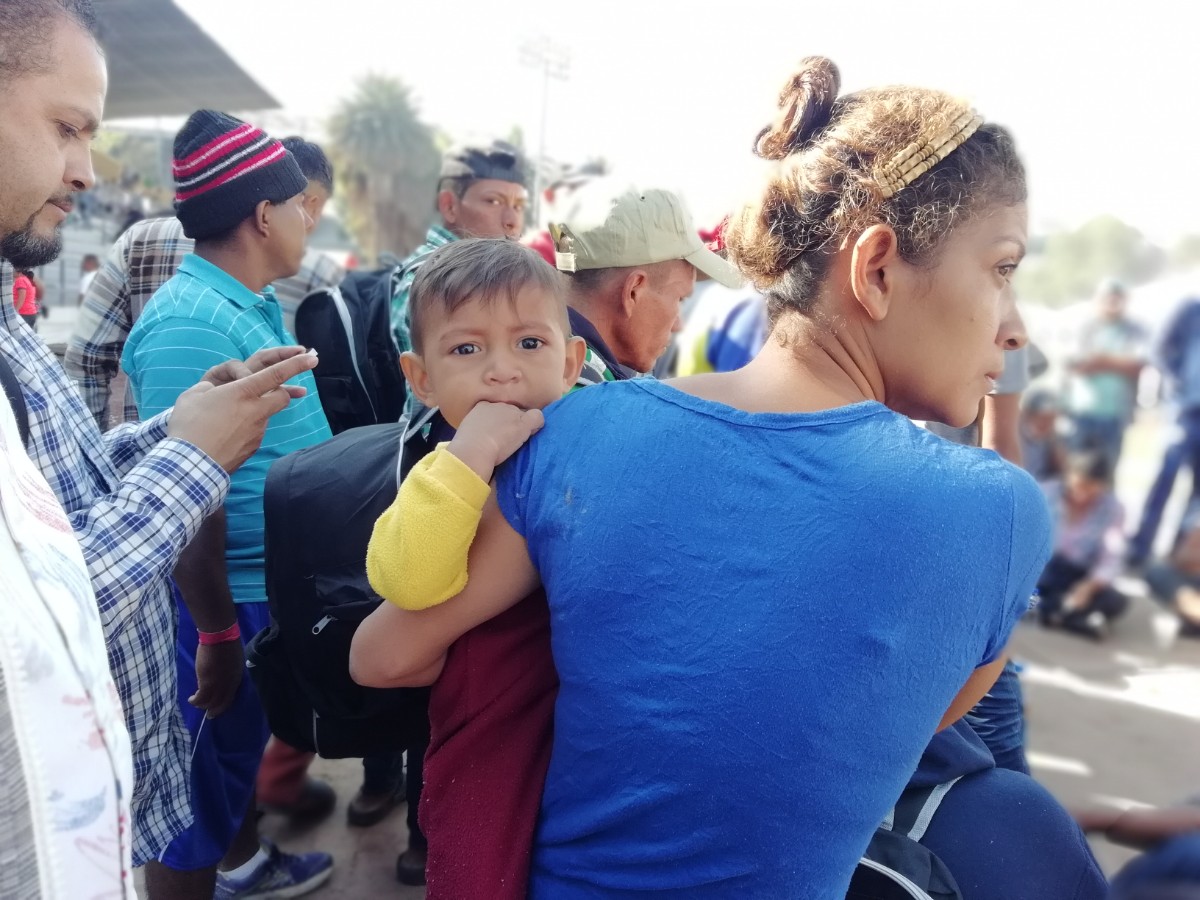 Photo courtesy of Wotancito on Wikimedia Commons
Photo courtesy of Wotancito on Wikimedia Commons
Climate Change Fueling Central American Migration? How To Respond?
The Current Crisis
In February 2019, more than 76,000 migrants crossed the southwestern border, reaching an 11-year high. Over half of those were families and unaccompanied children fleeing violence, poverty, and starvation.
The crisis at the border is real, although not for the reasons frequently touted. While the crisis is largely due to insufficient personnel, not enough judicial staff, and overcrowding, the consequences will get worse in the face of climate change. A recent World Bank report found that 10.6 million people in Latin America could become “climate migrants” by 2050; while the report just addressed internal migration, a 2018 Food and Agriculture Organization report found a 35% increase in the population of Northern Central American residents in the United States between April 2009 and May 2017. There were predictions as early as 2010 that Latin American migration would increase due to climate change, stressing thin resources at the border.
Hard-line measures are not only unpalatable for most Americans, they will also be inadequate in the face of a deepening crisis. Managing future migrant flows depends on addressing the drivers of migration, increasing personnel numbers and training, and thoughtful immigration reform.
How Climate Change is Worsening Migration
Prior to 2014, migrants were primarily single men from Mexico who came to the United States to find work. That is changing, however, and more apprehensions consist of families and children from Honduras, Guatemala, and El Salvador.
Up to one third of the populations in Guatemala, Honduras, and El Salvador are employed in agriculture. Climate models predict that temperatures will rise, drought will become more frequent, and weather patterns will become more erratic. This leads to crop failures and food insecurity. In 2016, an estimated 1.6 million people were food insecure and 3.5 million required humanitarian assistance. A 2014-2016 World Food Program survey of communities in El Salvador, Guatemala, and Honduras found that the most frequently cited reason for migration was “no food.” While most families don’t move after the first drought, when the drought returns and families have exhausted all coping mechanisms, leaving their land becomes an appealing option.
Oftentimes, migrants first move within their country, only fleeing internationally after the situation worsens. Migrants move for a myriad of reasons, including local instability and violence, and climate change can get wrapped up in explanations such as poverty, economic development, or low wages.
Going Forward
Quick hardline solutions, such as a border wall or closing off trade, could have dire economic consequences for the US. Given the continued increase in detained migrants, hardline policies are doing little to stop families fleeing drought, poverty, and violence. Climate change is only going to exacerbate food insecurity, forcing families into unsafe cities and compelling them to flee north from poverty and starvation.
There is currently no global regime to protect climate migrants like there is for refugees. Major General Muniruzzaman and American Security Project’s COO Andrew Holland contend that international law must be extended to provide rights for climate refugees, similar to political refugees.
In a Senate hearing in March, Acting Secretary of Homeland Security Kevin McAleenan stated that the United States government should use aid to support Central American governments’ efforts to improve economic opportunities, address poverty and hunger, and improve governance. Addressing the drivers of migration is critical to slowing flows, and development aid should consider how climate change will continue to decimate harvests and deepen food insecurity in receiving countries.
Acting Secretary McAleenan suggested continuing to invest in “…additional agents and officers, additional technology at and between ports of entry, and air and marine support,” as well as a whole-of-government approach to address the unique needs of families and children. Up to 40 percent of Customs and Border Patrol personnel have been redirected towards transporting and processing families and children.
Given that climate change will force more families to migrate, funding for border security should include improving facilities for holding and transporting migrants and specialized training for handling the medical and psychological needs of families and children. Tackling the push factors of migration, in conjunction with revitalizing domestic policy and facilities, seems to be the clear response in the wake of worsening climate and humanitarian crises.






